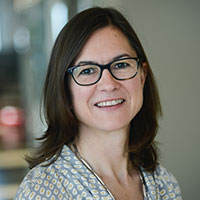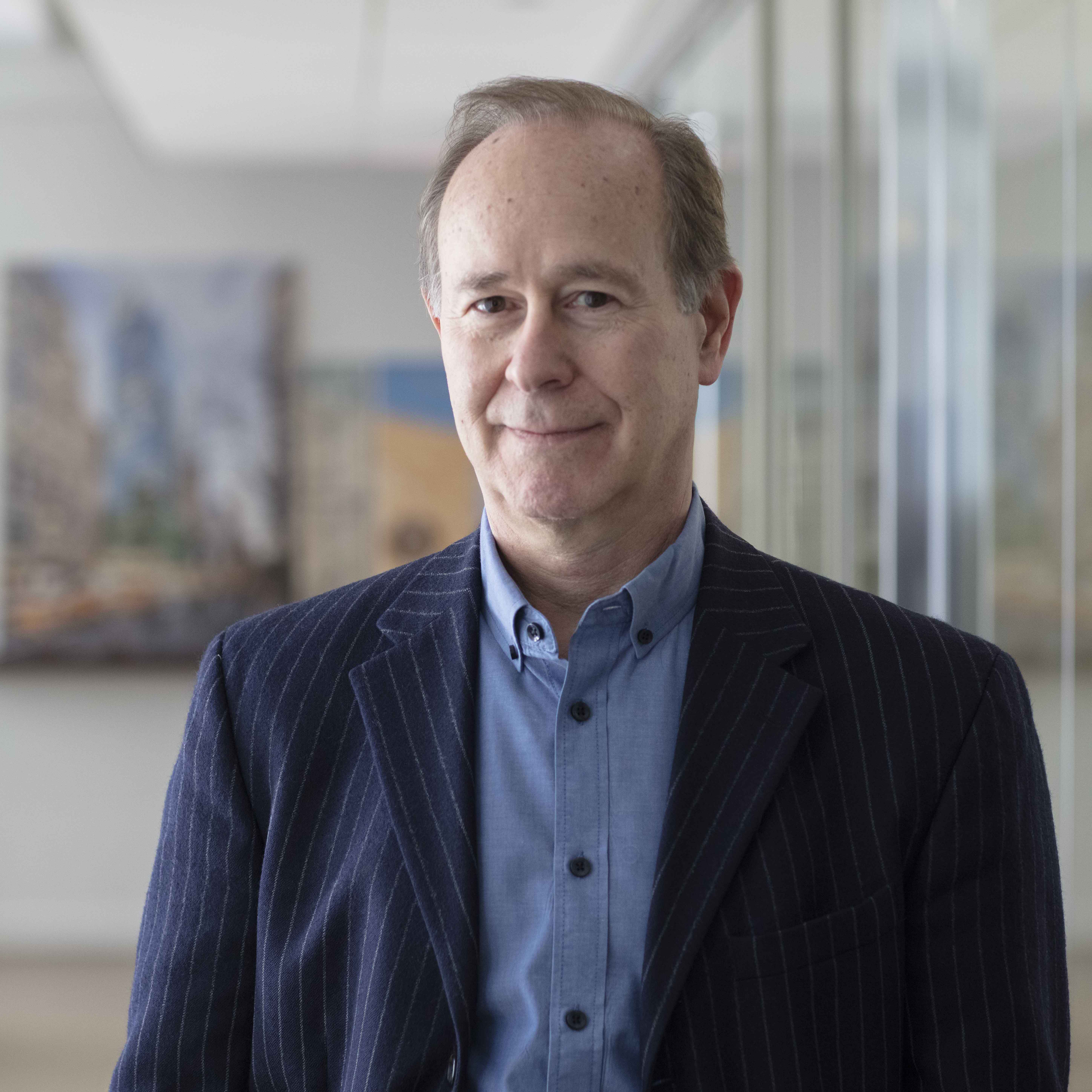Projects
A Landmark Reinvented: GMP transforms Kiev's storied Olympic Stadium by sheltering it under an elegant cable-supported roof.
Read More
Santa Clara Stadium
Giving 'Team Building' New Meaning: Designers and contractors rely on collaboration to complete a stadium a year earlier than originally planned.
Read More
BBVA Compass Stadium
Muscular Mesh: Populous’s new BBVA Compass Stadium for Houston’s soccer team vividly conveys energy and dash.
Read More
Ellipse Sky
Labor of Love: Two young designers deliver a refined and spirited concrete structure to a client looking for a unique family home and rental complex.
Read More
Giant's Causeway Visitor Centre
Below The Fold: An entryway to a surreal seaside landscape nods to the natural rock formations there while not overshadowing them.
Read More
CCTV Headquarters
Too Big To Fail?: Long awaited and much debated, the enormous headquarters for CCTV finally opens, already a symbol of the new Beijing. But what does it actually say about architecture and China today?
Read More
Copyright ©2024. All Rights Reserved BNP Media.
Design, CMS, Hosting & Web Development :: ePublishing


